4 Tips to Look into Your Financial Future
You don’t have a crystal ball, so you can’t say for sure what your retirement will look like. What you can do, however, is lay the groundwork now for the type of retirement you want. And that starts with determining where you are in your planning for retirement. It can be helpful to complete these four exercises.
Imagine Your Retirement Lifestyle
How do you envision your life in retirement? Taking a realistic look at what you want to do during your retirement can help you focus and streamline your planning. Where you plan to live in retirement is an important consideration. Do you plan to stay in your current home, downsize in your current community, or move elsewhere?
How do you plan to spend your time? Do you want to work part-time, start a business, pursue educational opportunities, or simply kick back and relax? If you plan an active retirement that includes travel, you will need more money than someone who plans to stay close to home.
Estimate Your Retirement Expenses
Once retired, you won’t have the commuting costs you might have now and you won’t need to purchase work-related attire. Your children may be grown and financially independent, and you may be close to paying off larger debts such as a mortgage or home equity loan. But you will still have a range of expenses. For planning purposes, it can be very helpful to try and prepare as accurate an estimate of your basic living and discretionary expenses as you can.
Basic living expenses include housing expenses, such as energy, utilities, maintenance, property taxes, condo fees, and mortgage and rent payments. They also include transportation expenses, such as car payments, gasoline, and repairs. Groceries, insurance premiums, and income taxes are also expenses you will have to consider. Discretionary expenses include travel, recreation, gifts, and entertainment.
Assess Your Current Resources
In addition to the savings in your retirement plan account, you may have other sources of retirement income, such as Social Security, individual retirement accounts, military or employer pensions, and other personal savings and investments. Try to assess what they could be worth and how much income they could produce by the time you retire. Don’t forget to include projected earnings from post-retirement work or income generated by a business venture.
Compare the Projected Costs of Retirement to Your Anticipated Retirement Income
By this point, you may have an idea of whether you will have enough income to cover your projected expenses in retirement. If your numbers fall short, you may have to consider reducing your planned spending in retirement. You could also consider increasing your retirement savings now so that you will have a larger retirement nest egg. Moreover, you could even think about pushing back the date of your planned retirement to give you additional time for saving and to boost your monthly Social Security payments.
If it appears that you are not making as much progress toward retirement security as you would like, you may want to consult with an experienced financial professional, like the Emerj360 team, to determine what additional steps you may need to take to get you on track.

